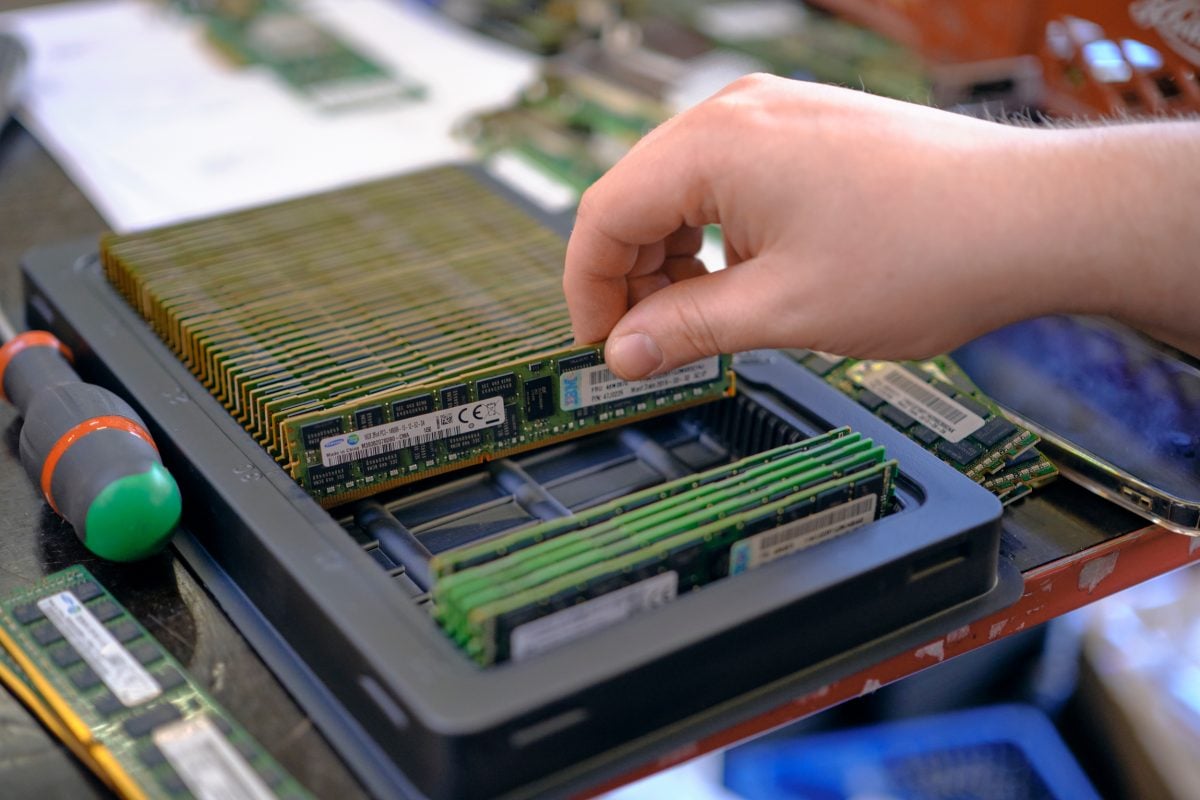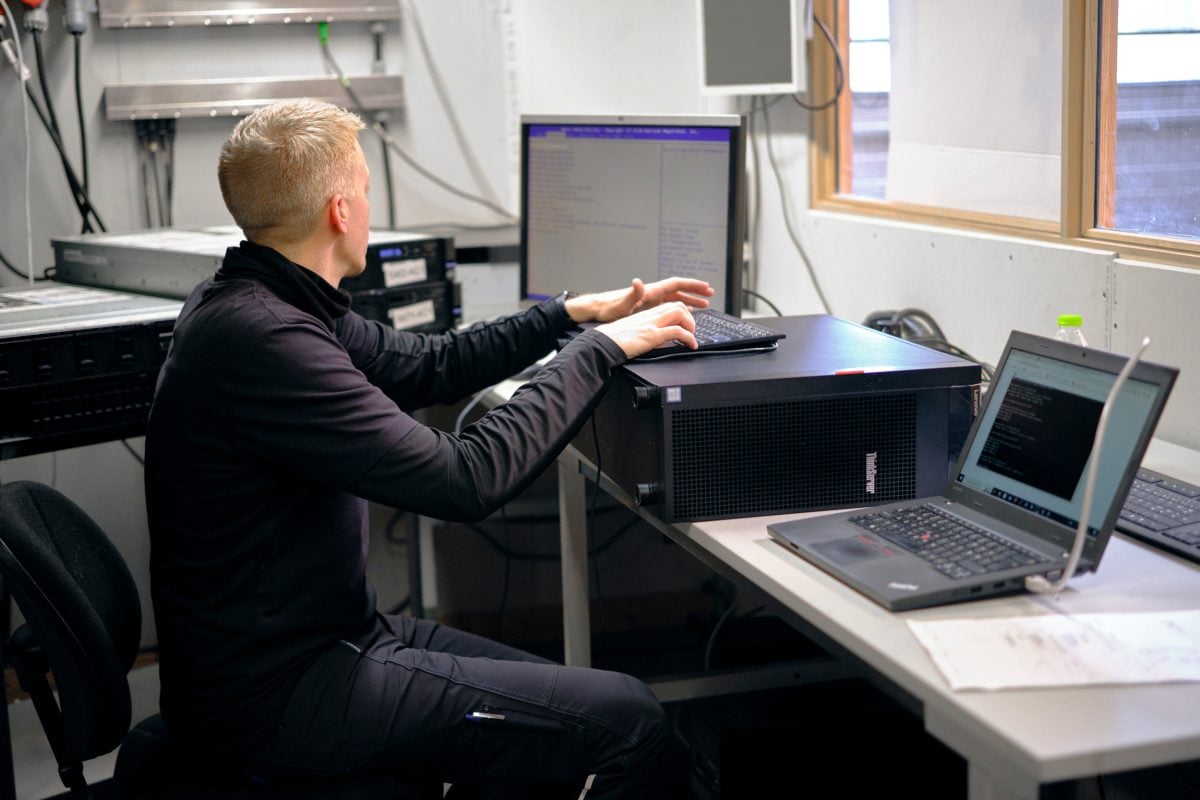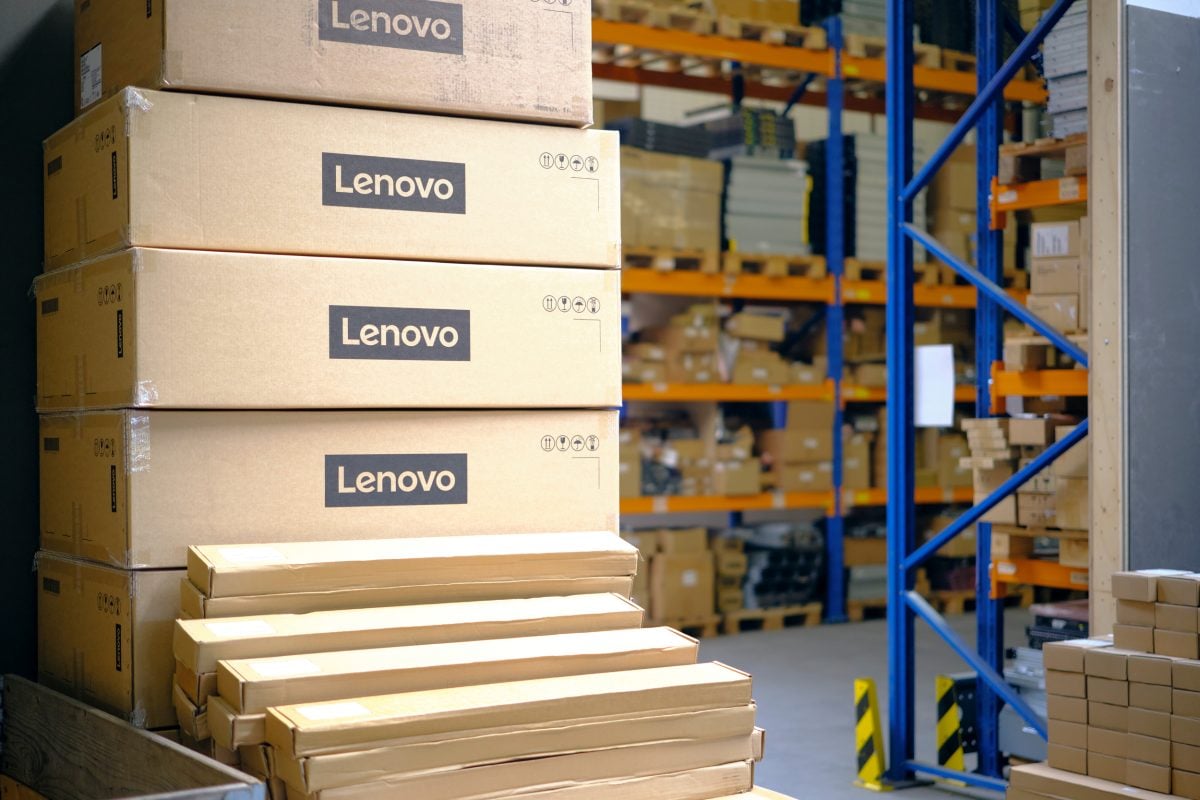In an age where technological advancement is rapid and constant, it’s easy to get swept up in the tide of new products constantly entering the market. However, there’s an alternative that offers significant benefits — refurbished IT equipment.
The concept of refurbished IT is more than just a cost-effective alternative to brand new equipment; it’s a commitment to sustainability, quality, and smart resource management. But what does ‘refurbished’ really mean in the context of IT? How does a piece of hardware become ‘refurbished’, and what journey does it undertake from being used to being reintroduced into the market as a reliable, ‘like-new’ product?
In this guide, we aim to demystify the concept of refurbished IT. We’ll delve into the detailed process that transforms used equipment into high-quality, reliable, and environmentally friendly IT solutions.
Let’s embark on this journey together and discover the world of refurbished IT.

What Does Refurbished Mean in IT?
In the realm of IT, ‘refurbished’ refers to used equipment that has been professionally restored to a state akin to new. Contrary to some misconceptions, refurbished IT isn’t just about repairing faulty hardware. It’s a comprehensive process that ensures the equipment not only functions as expected but also meets high quality and safety standards.
Refurbished IT can include everything from servers and network equipment to computers, laptops, and peripherals. These items come from various sources, including business upgrades, lease returns, or overstock. Once these devices arrive at a refurbishing facility, they embark on a transformative journey that breathes new life into them.
Also read: When is Refurbished IT the Right Choice?
However, it’s important to differentiate between refurbished and used equipment. While all refurbished items are used, not all used items are refurbished. The latter may not have undergone any checks or repairs and may come with existing issues or without any form of warranty. On the other hand, refurbished items have been thoroughly checked, repaired if necessary, cleaned, and repackaged, often with a warranty that attests to their reliability.
In the following sections, we’ll break down the steps that make up the refurbishment process and highlight the benefits this approach brings to both businesses and the environment.

The Journey of a Refurbished IT Product: Step-by-Step
Refurbishing IT equipment is a meticulous process that demands expertise, strict adherence to quality control standards, and a keen commitment to sustainability. Here’s a step-by-step look at the journey a piece of IT hardware takes as it becomes a refurbished product:
- Acquisition of Used IT Hardware: Refurbished IT begins its life as used equipment, sourced from various avenues such as business upgrades, lease returns, or overstock. Inside Systems acquires these used items with the aim of giving them a second life.
- Initial Inspection and Sorting: Each piece of incoming equipment undergoes a thorough initial inspection. During this phase, we sort items based on their condition and determine the necessary steps for refurbishment.
- Data Wiping and Security Measures: Data security is paramount in IT. Each device goes through a rigorous data wiping process, ensuring complete removal of any previous user data. This process aligns with the highest industry standards for data sanitization and privacy.
- Repairs and Upgrades: If a piece of equipment has damaged or outdated components, our team of experts performs the necessary repairs or upgrades. This step ensures that every refurbished item not only works but performs optimally.
- Thorough Testing: Once repaired and upgraded, the equipment undergoes comprehensive testing to verify its functionality, performance, and reliability. This step guarantees that the refurbished equipment meets the same rigorous standards expected of new IT hardware.
- Re-Packaging and Certification: Finally, the refurbished equipment is professionally cleaned, repackaged, and certified as refurbished. Certification affirms the item’s quality and often includes a warranty, offering the buyer peace of mind.
This rigorous refurbishment process ensures that the final product isn’t merely a used piece of equipment but a reliable, high-quality, and sustainable IT solution.

Benefits of Buying Refurbished IT
Choosing refurbished IT equipment over new doesn’t just make financial sense; it also provides several other significant benefits. Let’s explore some of them:
- Cost-effectiveness: Refurbished IT equipment is typically priced significantly lower than brand new items, making it an economical choice. This cost-effectiveness allows businesses to achieve their IT needs without straining their budget.
- Environmental Impact: By opting for refurbished equipment, businesses contribute to reducing electronic waste, one of the fastest-growing waste streams globally. It also lessens the demand for new production, which in turn decreases greenhouse gas emissions.
- Quality and Reliability: Despite being ‘used,’ refurbished IT equipment undergoes thorough testing and refurbishment processes to ensure it operates like new. It often comes with a warranty, offering assurance of its quality and reliability.
- Supporting a Circular Economy: Buying refurbished contributes to a circular economy where products are reused and recycled rather than discarded. This practice reduces the strain on natural resources and promotes sustainable business operations.